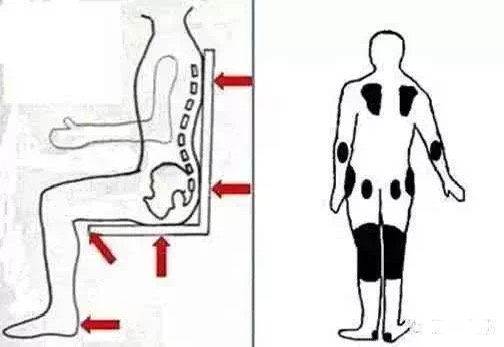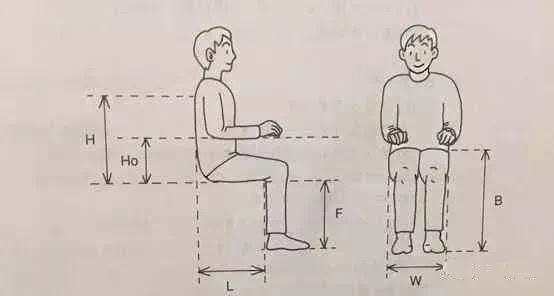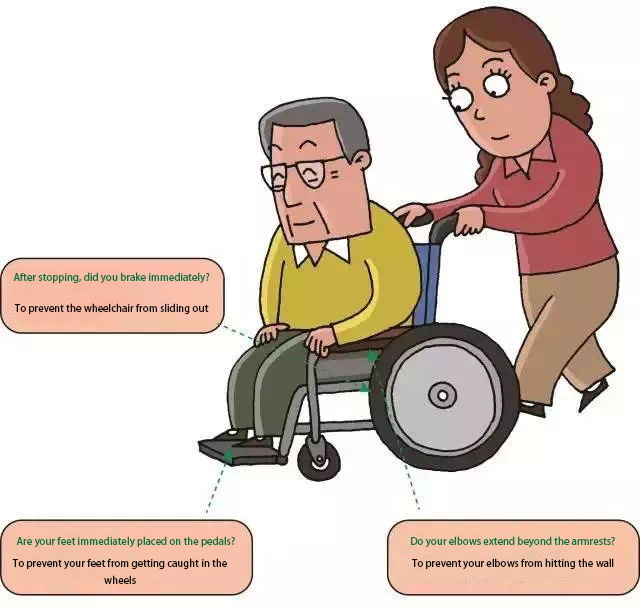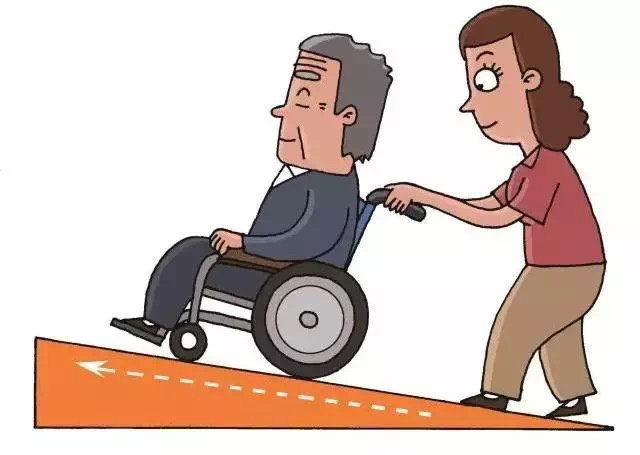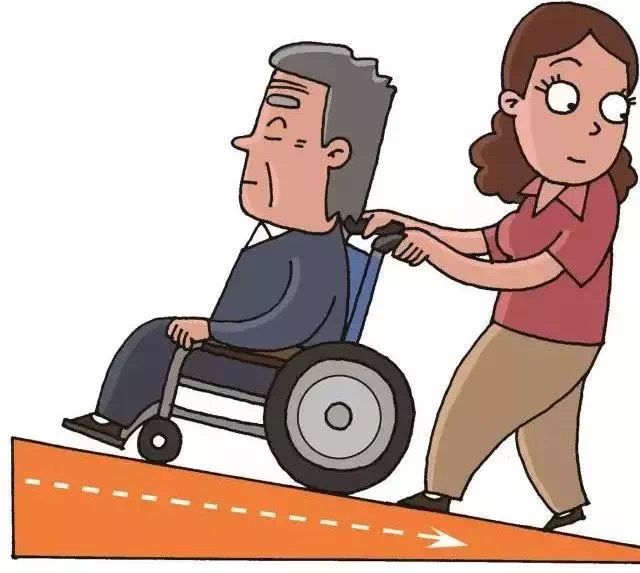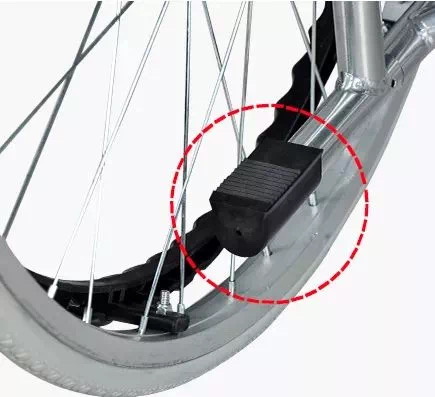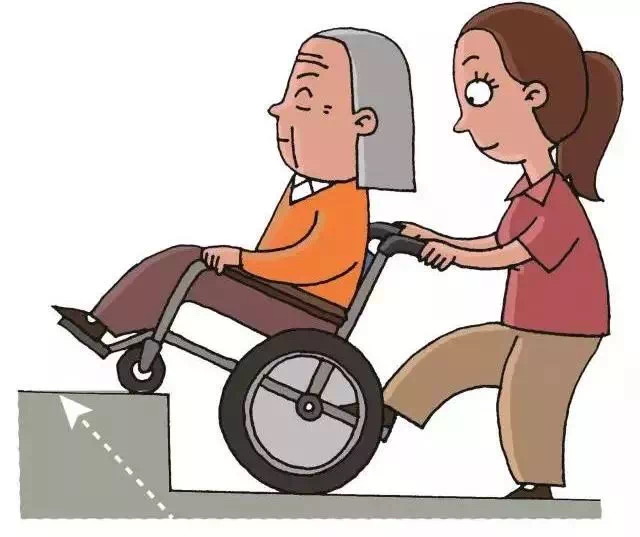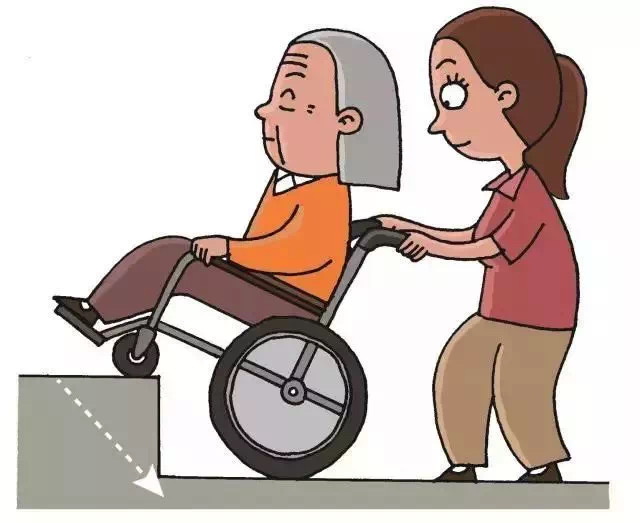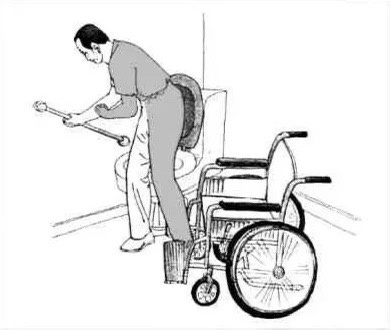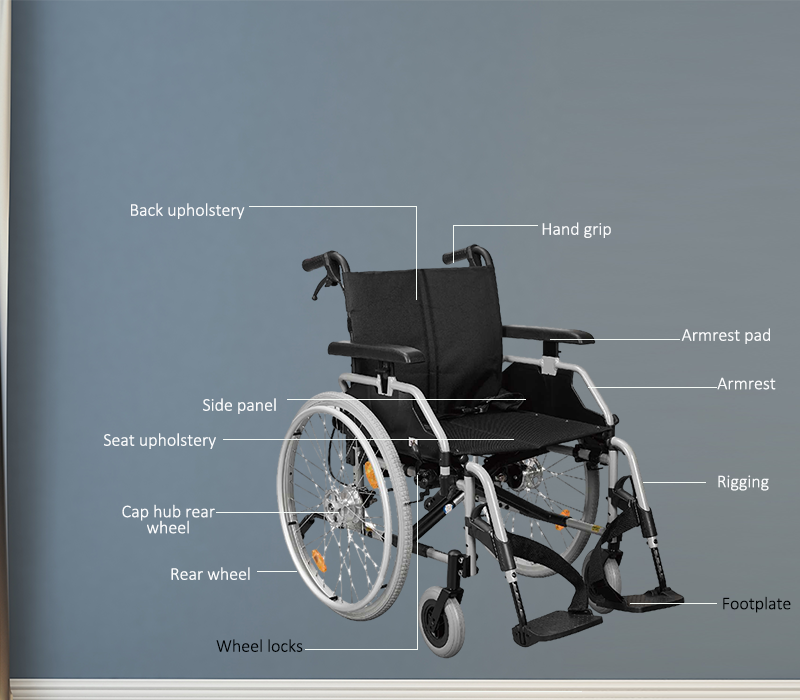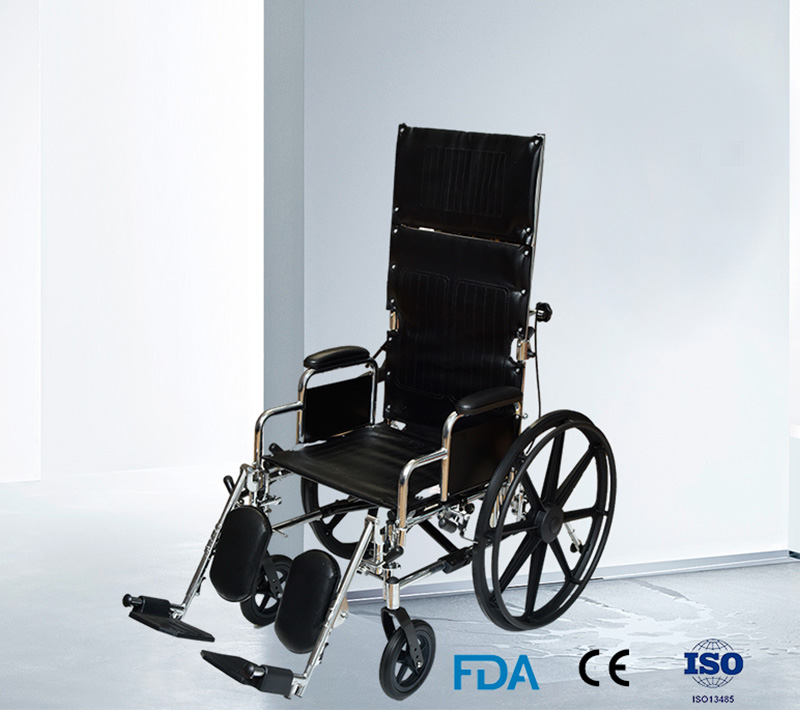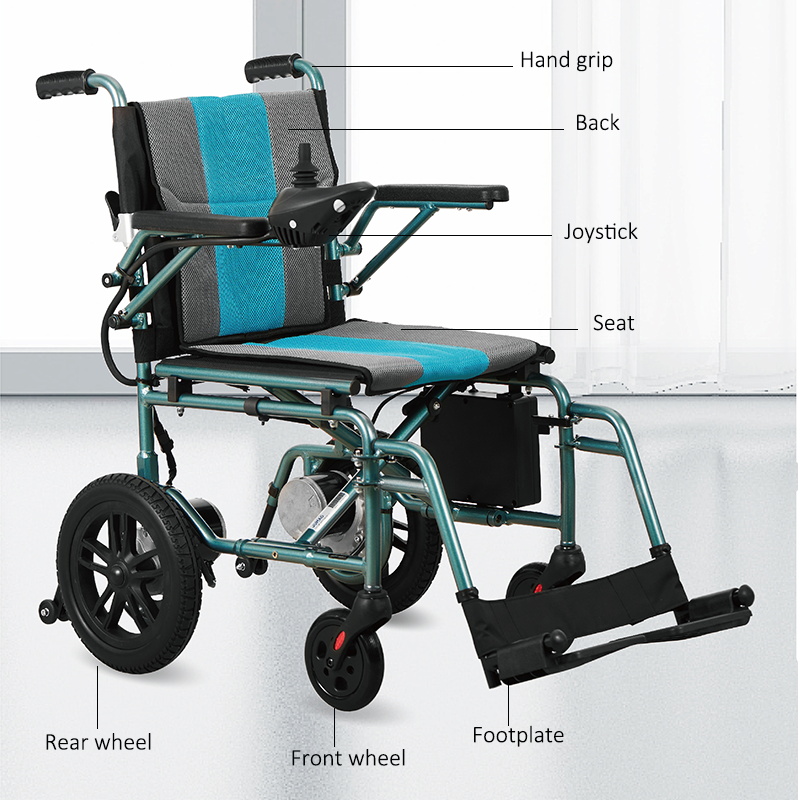Wheelchairs are essential tools in rehabilitation therapy, empowering individuals who struggle with walking or moving independently. They provide practical support for people recovering from injuries, living with conditions affecting their legs, or those adjusting to reduced mobility. By restoring freedom of movement, wheelchairs help users regain independence in daily life-whether it’s moving around their home, participating in community activities, or continuing their recovery journey with dignity.
First of all, let’s talk about the harm that an inappropriate wheelchair will cause to the user
- Excessive local pressure
- Develop bad posture
- Induces scoliosis
- Causes joiny contracture
(What are the unsuitable wheelchairs: the seat is too shallow, not high enough, the seat is too wide, not high enough)
When using a wheelchair, the areas most prone to discomfort are where your body rests against the seat and backrest-like under your seat bones, behind the knees, and along the upper back. That’s why proper fit matters: a wheelchair that matches your body’s shape helps distribute weight evenly, preventing skin irritation or sores caused by constant rubbing or pressure. Think of it like sitting on a hard chair for hours-if the surface doesn’s support your natural curves, it’ll lead to aches or even raw spots over time. Always check these key contact points when selecting a wheelchair to ensure it cradles your body comfortably.
How to choose a wheelchair?
- Seat width
Measure the distance between the buttocks or thighs when sitting down, and add 5cm, there is a 2.5cm gap on each side after sitting down. If the seat is too narrow, it is difficult to get in and out of the wheelchair, and the buttocks and thigh tissues are compressed; if the seat is too wide, it is not easy to sit steadily, it is not convenient to operate the wheelchair, the upper limbs are easily fatigued, and it is also difficult to enter and exit the door.
- Seat length
Measure the horizontal distance from the buttocks to the calf gastrocnemius when sitting, and subtract 6.5cm from the measured result. If the seat is too short, the body weight will mainly fall on the ischium, which may cause excessive pressure on the local area. If the seat is too long, it will compress the poplitral area, affecting local blood circulation and easily irritating the skin in that area. For patients with particularly short thighs or wide knee flexion contractures, it is better to use a short seat.
- Seat height
When adjusting wheelchair seating, start by measuring from your heel(or shoe heel) to the natural curve beneath your hips while seated, then add 4cm to this measurement as the base height. Make sure the footrest plate stays at least 5cm above the ground. Finding the right seat height is key-if it’s too high, the wheelchair won’t fit under tables comfortably, and if it’s too low, your hips will carry too much weight, which can cause discomfort over time.
- Seat cushion
For comfort and to prevent pressure sores, the seat should be cushioned. Foam rubber(5-10cm thick) or gel pads can be used. To prevent the seat from sinking, a 0.6cm thick piece of plywood can be placed under the seat cushion.
- Backrest height
The higher the backrest, the more stable it is, and the lower the backrest, the greater the range of motion of the upper body and upper limbs. The so-called low backrest is to measure the distance from the seat to the armpit(one or both arms stretched forward), and subtract 10cm from this resut. High backrest: measure the actual height from the seat to the shoulder or the back of the head.
- Armrest height
When sitting, keep your upper arms vertical and forearms flat on the armrests. Measure the height from the seat to the lower edge of your forearms and add 2.5cm. The proper armrest height helps maintain a correct body posture and balance, and allows the upper limbs to be placed in a comfortable position. If the armrests are too high, the upper arms are forced to rise, which can easily lead to fatigue. If the armrests are too low, the upper body needs to bend forward to maintain balance, which can not only lead to fatigue, but also affect breathing.
- Other wheelchair accessories
It is designed to meet the special needs of patients, such as increasing the friction surface of the handle, extending the brake, anti-vibration device, anti-slip device, armrest installed on the armrest, and wheelchair table for patients to eat and write etc.
Things to note when using a wheelchair
Pushing a wheelchair on flat surface: The elderly person should sit firmly and hold on to the pedals. The caregiver should stand behind the wheelchair and push it slowly and steadily.
Pushing a wheelchair uphill: When going uphill, the body must be leaned forward to prevent tipping over.
Rolling the wheelchair downhill: Roll the wheelchair downhill, take a step back, and let the wheelchair go down a little. Stretch the head and shoulders and lean back, and ask the elderly to hold the handrails tightly.
Going up the stairs: Please ask the elderly to lean against the back of the chair and hold the handrails with both hands, and don’t worry.
Press the foot pedal to lift the front wheel(use the two rear wheels as fulcrums to move the front wheel smoothly onto the steps) and gently place it on the steps. Lift the rear wheel after rear wheel is close to the steps. When lifting the rear wheel, get close to the wheelchair to lower the center of gravity.
Push the wheelchair backwards when going down the stairs: Turn the wheelchair backwards when going down the stairs, and let the wheelchair go down slowly. Stretch the head and shoulders and lean back, and ask the elderly to hold the handrails tightly. Keep your body close to the wheelchair to lower your center of gravity.
Pushing a wheelchair in and out of the elevator: The elderly and the caregiver should face away from the direction of travel, with the caregiver in front and the wheelchair behind. After entering the elevator, the brakes should be tightened in time. When passing through uneven areas in and out of the elevator, the elderly should be informed in advance. Go in and out slowly.
Wheelchair transfer
Taking the vertical transfer of hemiplegic patients as an example
Suitable for any patient with hemiplegia and who can maintain stable standing during position transfer.
- Bedside wheelchair transfer
The bed should be close to the wheelchair seat height, with a short armrest ar the head of the bed. The wheelchair should have brakes and a detachable footrest. The wheelchair should be placed at the patient’s foot side. The wheelchair should be 20-30(30-45) degrees from the foot of the bed.
The patient sits beside the bed, locks the wheelchair brakes, leans forward, and uses the healthy limb to help move to the beside. Bend the healthy limb to more than 90 degrees, and move the healthy foot slightly behind the affected foot to facilitate free movement to both feet. Grab the armrest of the bed, move the patient’s trunk forward, use his healthy arm to push forward, transfer most of the body weight to healthy calf, and reach a standing position. The patient moves his hands to the middle of the far armrest of the wheelchair and moves his feet to make himself ready to sit down. After the patient sits on the wheelchair, adjust his pisition and release the brake. Move the wheelchair backwards and away from the bed. Finally, the patient moves the foot pedal back to its original position, lifts the affected leg with the healthy hand, and places the foot on the foot pedal.
- Wheelchair to bed transfer
Position the wheelchair toward the head of the bed, with the healthy side close and the brake on. Lift the affected leg with the healthy hand, move the foot pedal to the side, lean the trunk forward and push down, and move the face to the front of the wheelchair until both feet hang down, with the healthy foot slightly behind the affected foot. Grab the wheelchair armrest, move your body forward, and use your healthy side to support your weight up and down to stand. After standing, move your hands to the bed armrests, slowly turn your body to position yourself ready to sit on the bed, and then sit on the bed.
- Moving a wheelchair to a toilet
Place the wheelchair at an angle, with the patient’s healthy side close to the toilet, apply the brake, lift the foot off the footrest, and move the footrest to the side. Press the wheelchair armrest with the healthy hand and lean the trunk forward. Move forward in the wheelchair. Stand up from the wheelchair suing the unaffected leg to support most of your weight. After standing, turn your feet. Stand in front of the toilet. The patient takes off his pants and sits on the toilet. The above procedure can be reversed when transferring from the toilet to the wheelchair.
In addition, there are many types of wheelchairs on the market. According to the material, they can be divided into aluminum alloy, light material and steel. According to the type, they can be divided into ordinary wheelchairs and special wheelchairs. Special wheelchairs can be divided into: leisure sports wheelchai series, electronic wheelchair series, toilet wheelchair series, standing assistance wheelchair series, etc.
- Ordinary wheelchair
It is mainly composed of wheelchair frame, wheels, brakes and other devices.
Scope of application: people with lower limb disabilities, hemiplegia, paraplegia below the chest and elderly people with limited mobility.
Features:
- Patients can operate fixed or removable armrests themselves
- Fixed or removable footrests
- Can be folded when carried out or not in use
- High back reclining wheelchair
Scope of application: high paraplegics and elderly and frail people
Features:
- The backrest of the reclining wheelchair is as high as passenger’s head, with detachable armrests and twist-lock footrests. The pedals can be raised and lowered, rotated 90 degrees, and the upper bracket can be adjusted to a horizontal position.
- The backrest can be adjusted in sections or can be adjusted to any level(equivalent to a bed) so that the user can rest in a wheelchair. The headrest can also be removed.
Scope of application: For people with high paraplegia or hemiplegia who have the ability to control with one hand.
Electric wheelchairs are powered by batteries, have a range of about 20 kilometers on a single charge, have one-handed controls, can move forward, backward, turn, and can be used indoors or outdoors. They are more expensive.
Post time: May-08-2025

